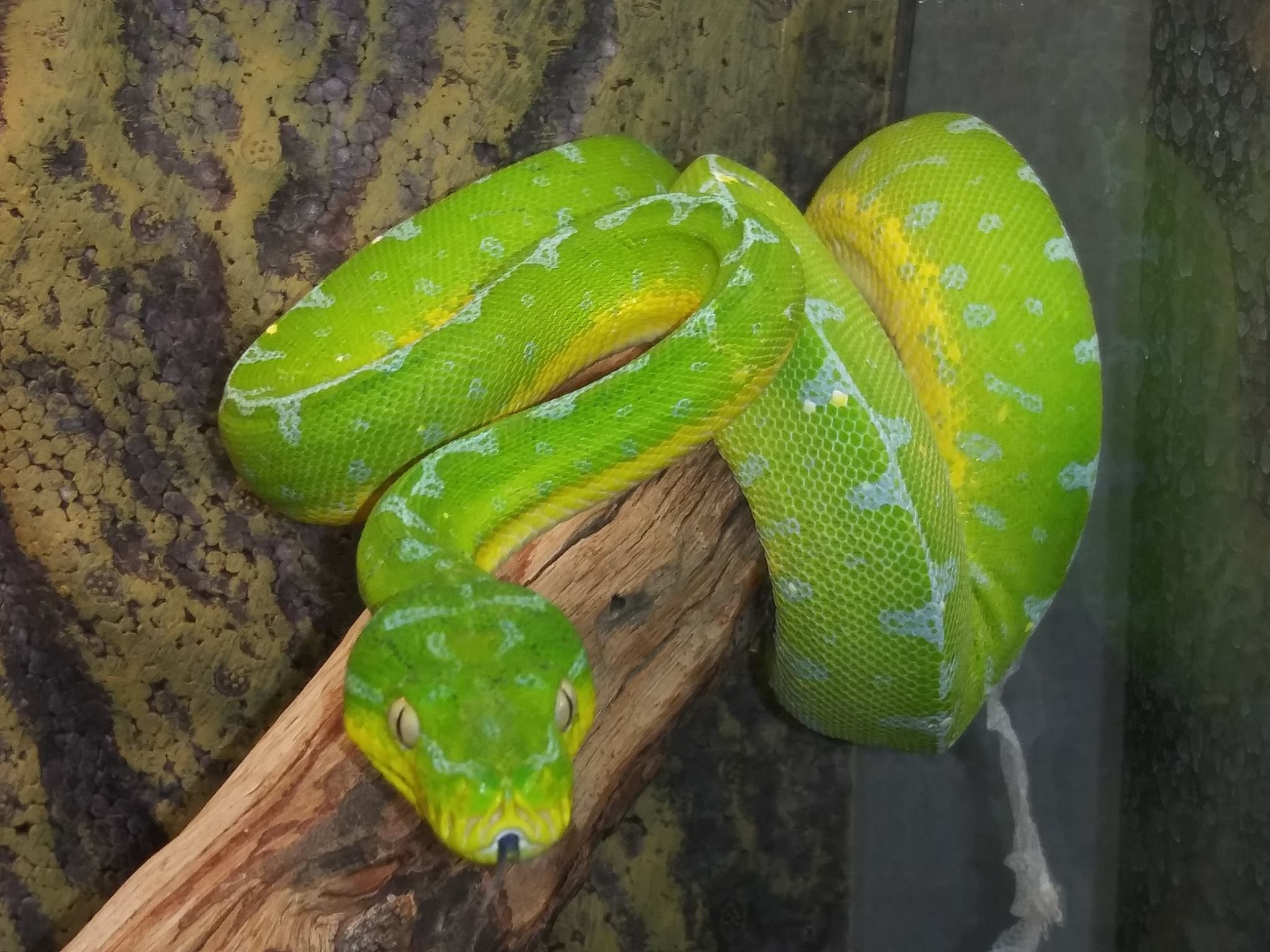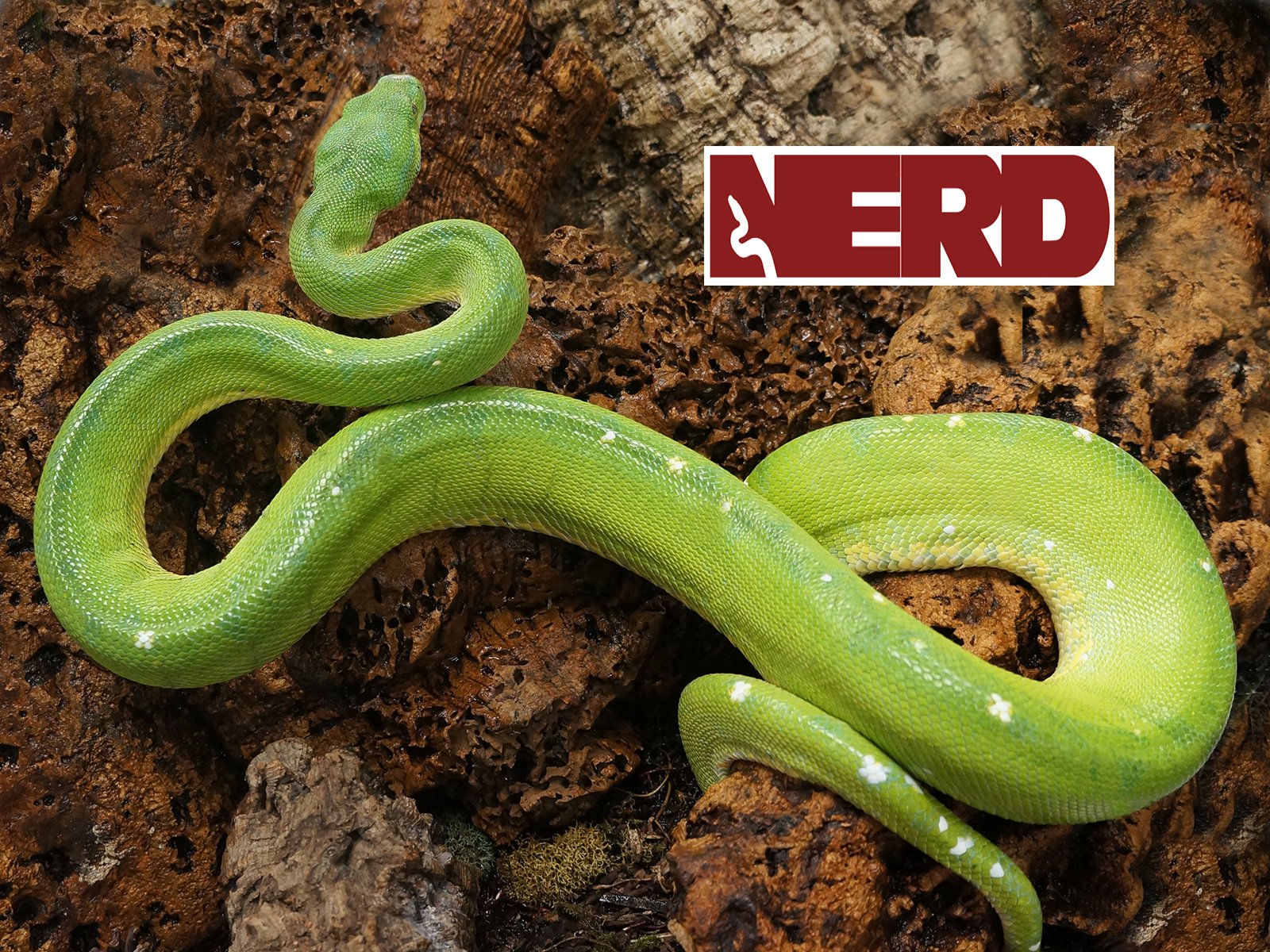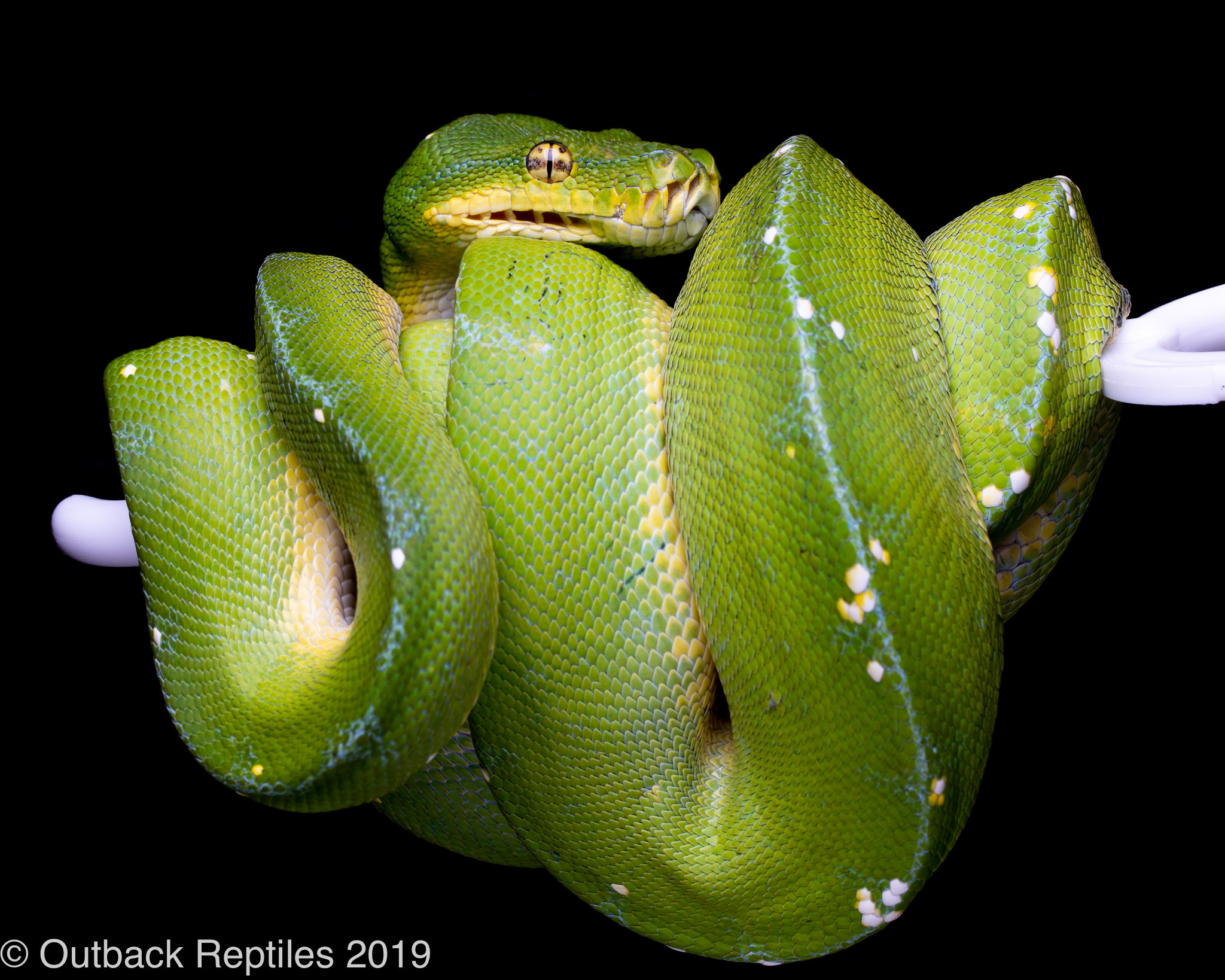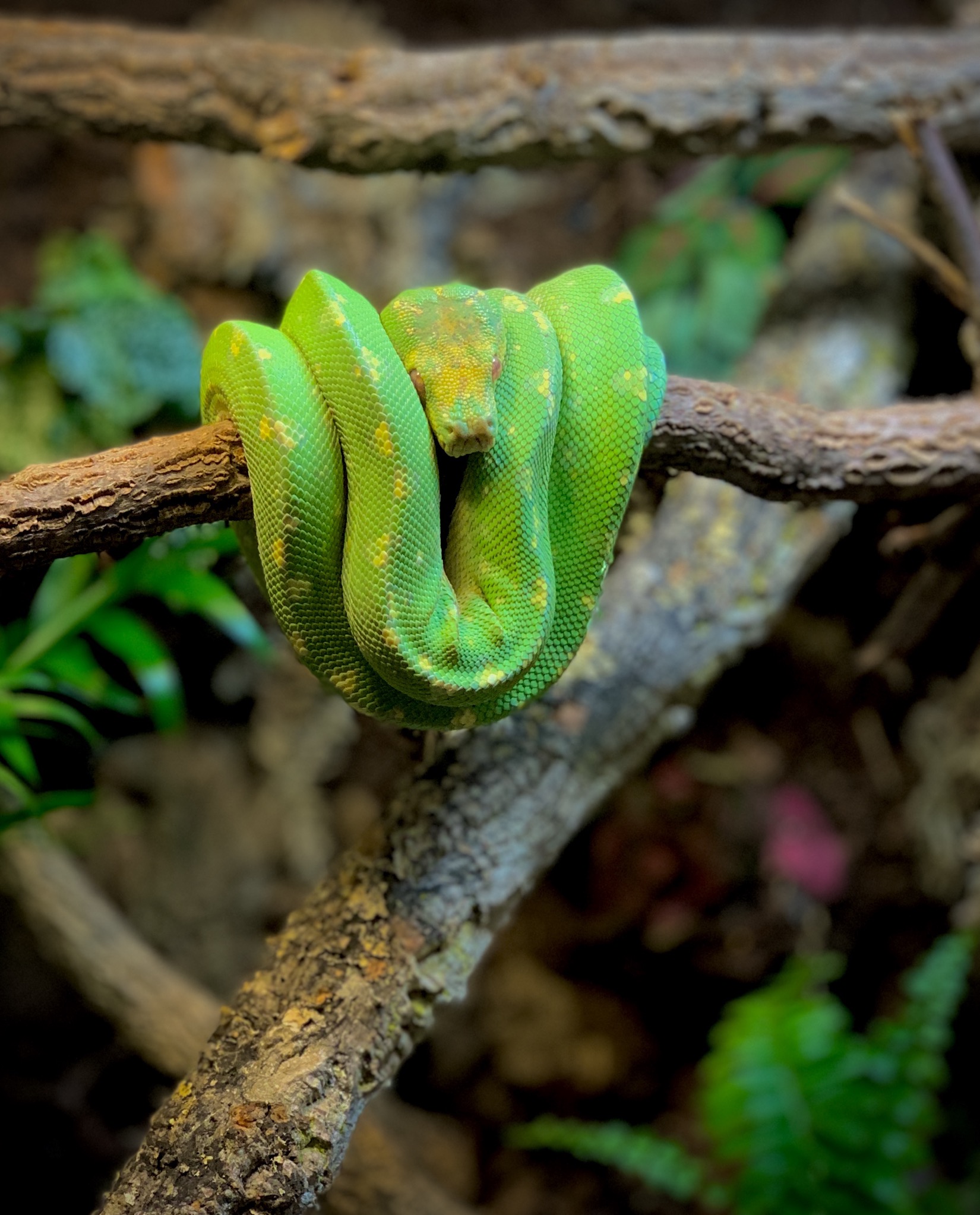Jayapura
Type: Other
Issues: N/A
First Produced In: Unknown
Availability: Higher
Last Updated: 2021-12-31
Do you have any suggestions or corrections for this article?
Click here to contribute feedback
About
Jayapura-types are a sample of the specimens found in the central north-western mainland near the coastal city of Jayapura, on the north eastern coast of Papua, Indonesia, and extend out to neighboring regions of Lereh, Cyclops Mountain, and Arso. It is likely that many imported chondros labeled as Jayapura may actually be from one of the neighboring regions. [1]
History
No history yet
Appearance
Body
Like Sorong’s, they also small chondros and commonly develop a blue dorsal stripe and markings; however, the pastel-blue dorsal markings and olive-green body give these serpents a distinctly prehistoric aura. [2]
Jayapura Green Tree Pythons can present themselves in a wide variety of phenotypic expressions common to northern mainland Morelia Azureus. They can be yellow or red as neonates and are largely collected as yellow. [3]
Yellow neonate adults can often be recognized by a solid or nearly solid blue dorsal stripe with blue markings extending out from the dorsal to the lateral portions of the body. In many cases, the dorsal stripe and lateral markings will be thinner and more pointed than that of other northern mainland green tree pythons, like the Manokwari and Sorong from the Vogelkop Peninsula. [4]
The red neonate adults will typically settle to a darker shade of green than the lighter olive green of the yellows. Red neonates can vary in the presentation of blue, anywhere from virtually none to almost solid blue like the sire of the “New Blue” locality cross originally produced at Terraria Indonesia. More commonly, the blue will present as an outline of the neonate dorsal markings and as a light blue undertone most easily recognized between the scales. Both red and yellow neonates can exhibit varying degrees of melanism, although this is not very common and mostly a product of captive breeding. Both red and yellow neonates will almost certainly display varying amounts of white scales. They usually appear individually and are somewhat sporadically located throughout the body. They can be found in groups or clusters, but more often are isolated anywhere throughout the dorsal and lateral regions. White scales can vary from just a few to dozens. [5]
When bred in captivity, they can begin their ontogenetic color change (OCC) as early as 3 months and as late as 2 years or more! Yellow neonates can rapidly turn dark green, sometimes referred to as digital, while others may remain solid yellow well past a year and turn green in just a couple days! Others may slowly and steadily change over the course of 1-2 years until they finally settle into their adult coloration. Red neonates seem to be a bit more predictable in regard to the timeline of their OCC, which is typically between 6 and 18 months of age. Most red neonates will be born bright red with white dorsal markings, while some may have a very slight shade of yellow to them. Red neonates can go anywhere from nearly solid black through the body to a very light, almost yellow color prior to entering the final stage of OCC where the body turns green. [6]
Tail
In the wild, both red and yellow neonates typically have little to no black in the tails and have a medium bluntness tail. Captive born Jayapuras often have a considerable amount of black in the tail that dissipates with age. [7]
Controversy
Jayapura locality green tree python originate from the area surrounding the coastal city of Jayapura, This can make the Jayapura very difficult to distinguish from other neighboring regions, more so with yellow neonates.
Many have theorized that red neonates are more commonly found at higher elevations and since the Jayapura region itself is not as mountainous as neighboring regions, their higher percentage of yellow neonates supports this theory. [8]
Proven Lines
New Blue
The most well-known “New Blue” “designer” line is simply an Arfak x Jayapura locality cross. Both parents were red neonates and nearly solid blue, representing some of the finest specimens of each locality to date. This blue has been proven to pass along to the offspring, earning a designer label. [9]
Related Traits
No known related traits
Combos
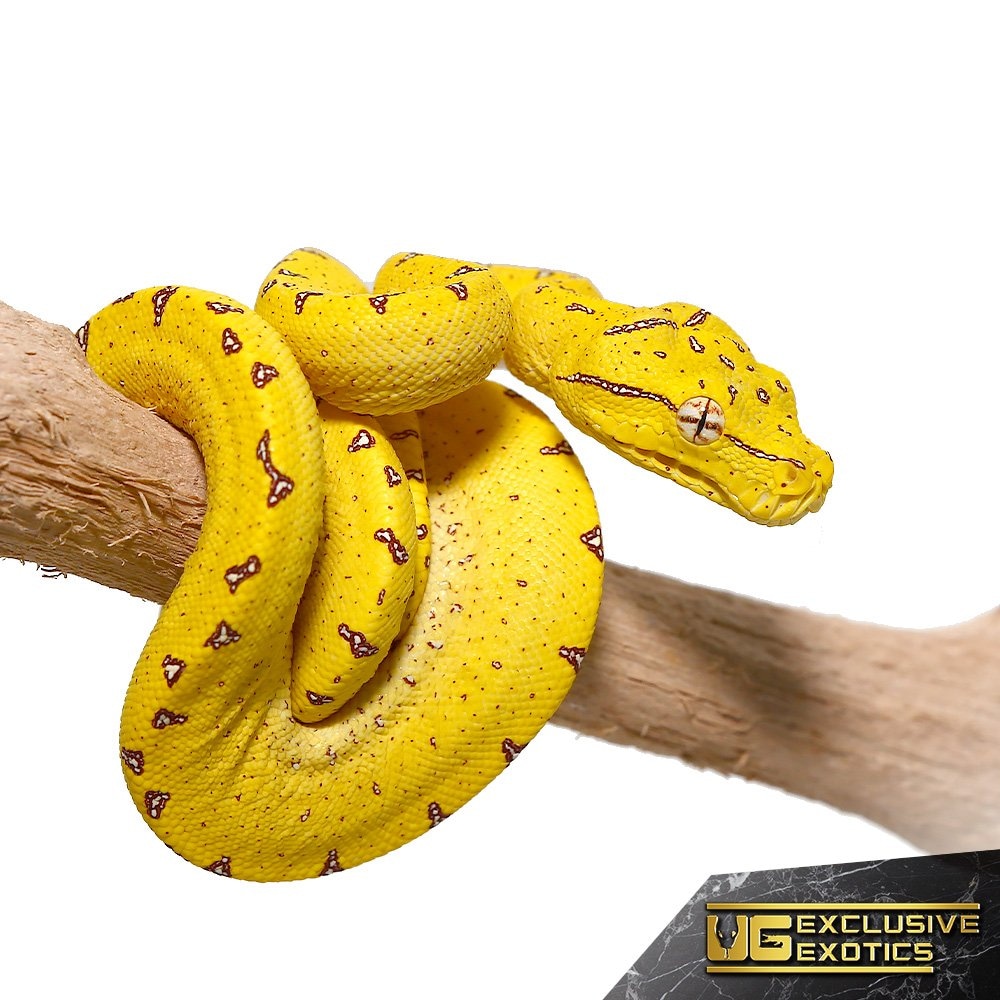
Merauke X Jayapura X Biak Green Tree Python by Underground Reptiles

Blue Sorong X Jayapura Designer Green Tree Python by Houston Underground Animals
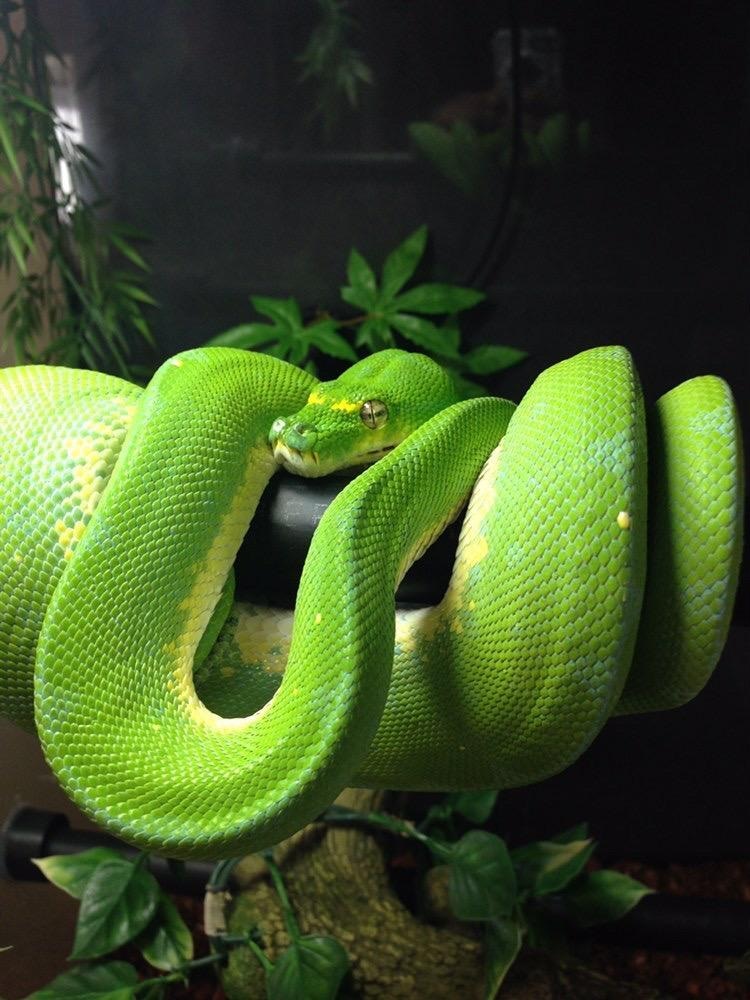
Biak X Jayapura Green Tree Python by Tikisgeckos,llc
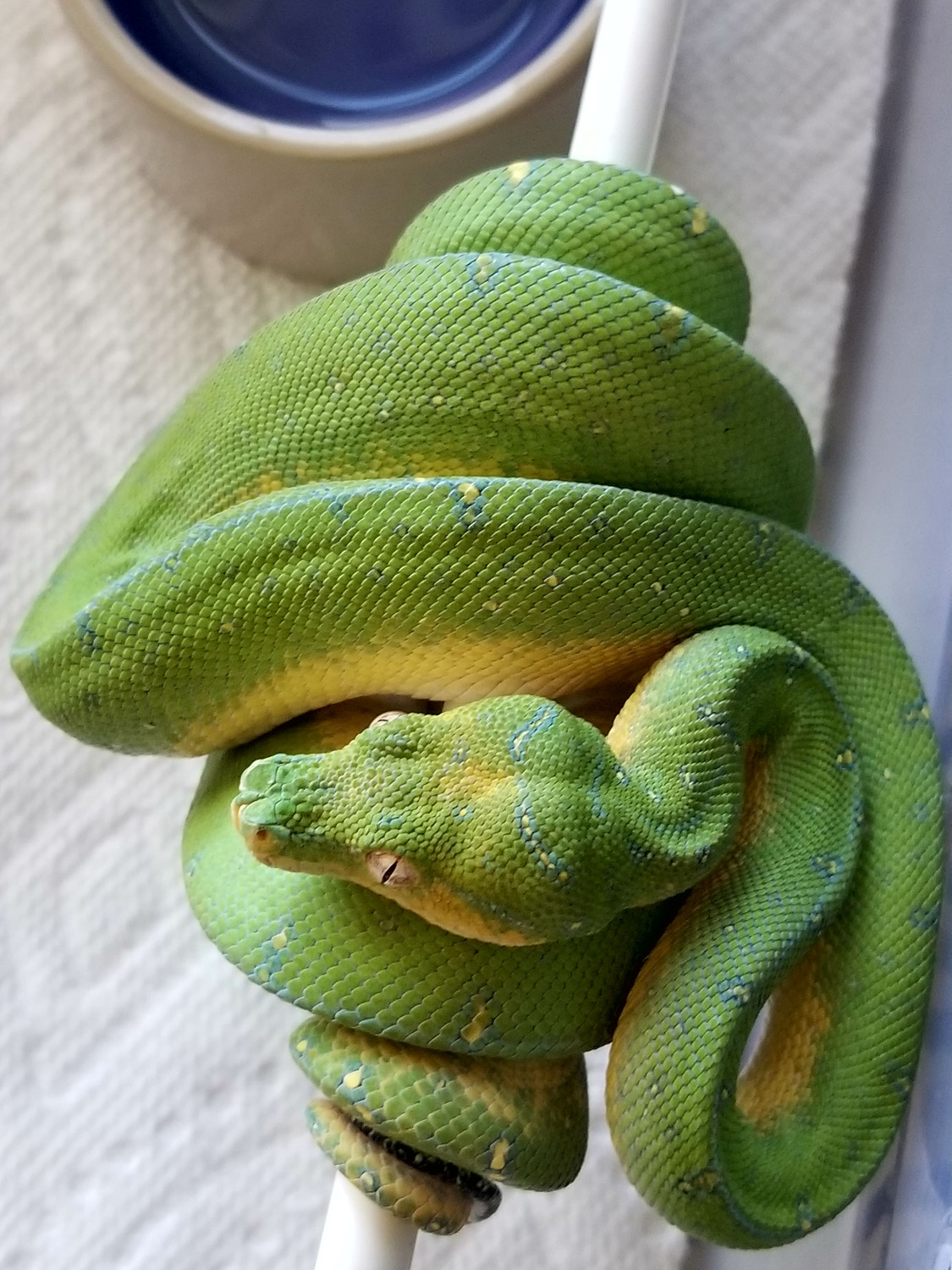
Jaya/Aru Green Tree Python by Hollywood Balls
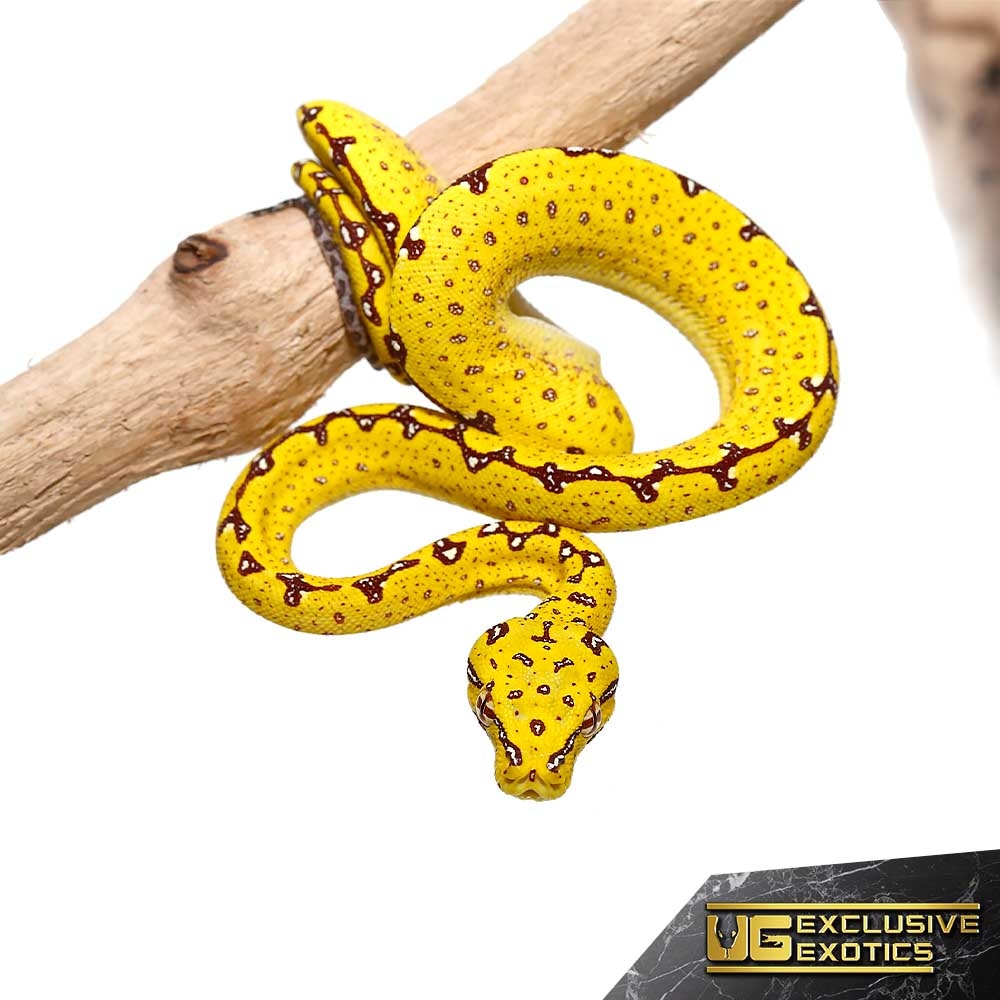
Jayapura X Biak Green Tree Python by Underground Reptiles
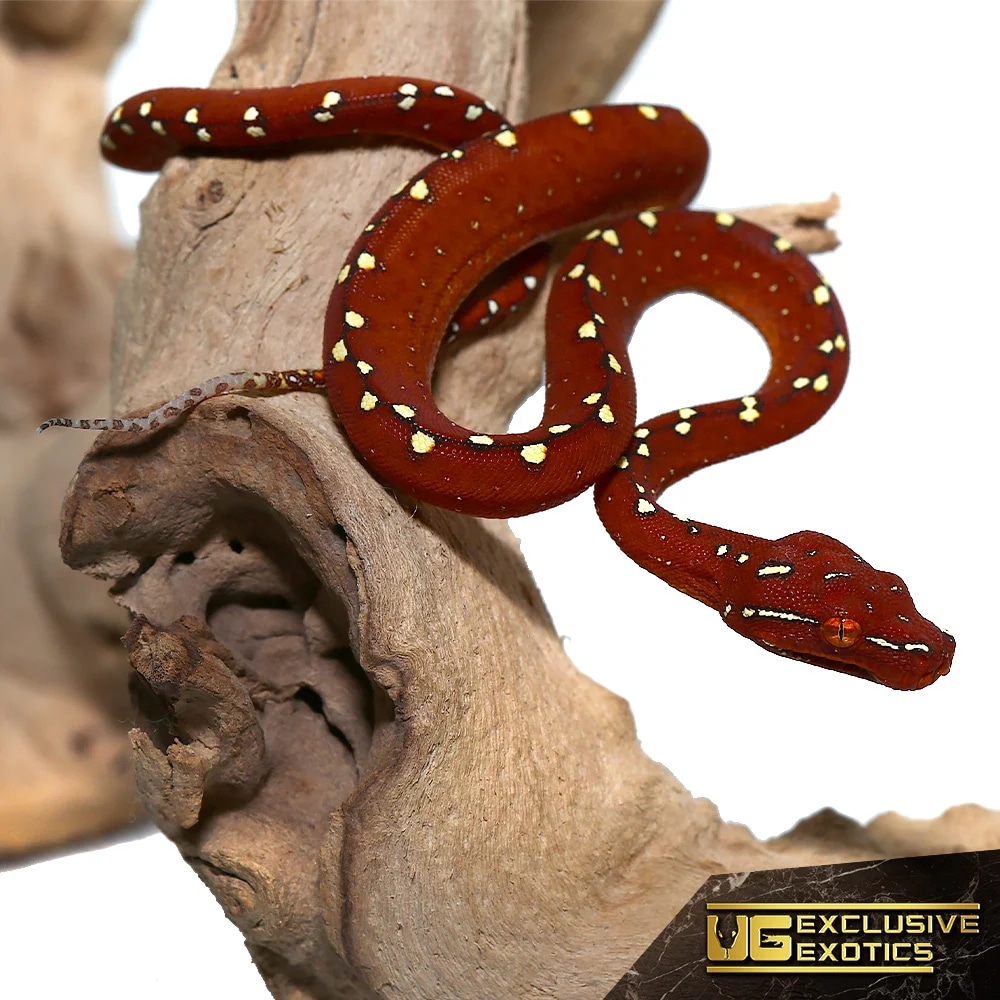
Jayapura X Biak Green Tree Python by Underground Reptiles
